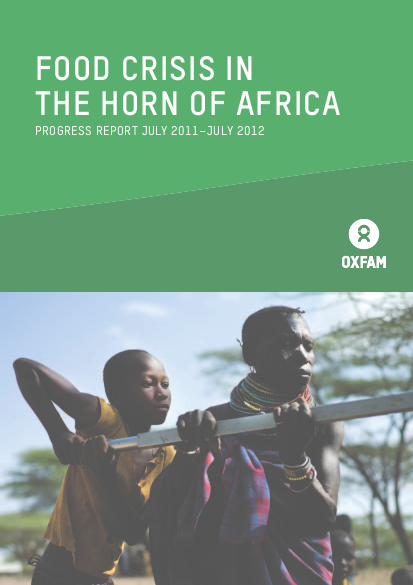
The 2011 drought across the Horn of Africa was, in some places, the worst to hit the region for 60 years. It was first predicted about a year beforehand, when sophisticated regional early warning systems began to alert the world to the possibility of drier-than-normal conditions in key pastoral areas of Ethiopia, Somalia and Northern Kenya, linked to the effects of the climatic phenomenon La Niña. These predictions were borne out by the failure of the October–November rainy season in 2010. When the following rains also failed in March–April 2011, louder alarm bells began sounding as a slide into major crisis started to look inevitable. Yet reactions were small-scale and patchy. No major response was launched, even when the Kenyan government declared the drought a national disaster at the end of May. It was not until images of the crisis appeared in global media, and the United Nations declared a famine in two parts of Somalia in mid-July, that international donors suddenly woke up to its severity. By that time 13 million people were affected.